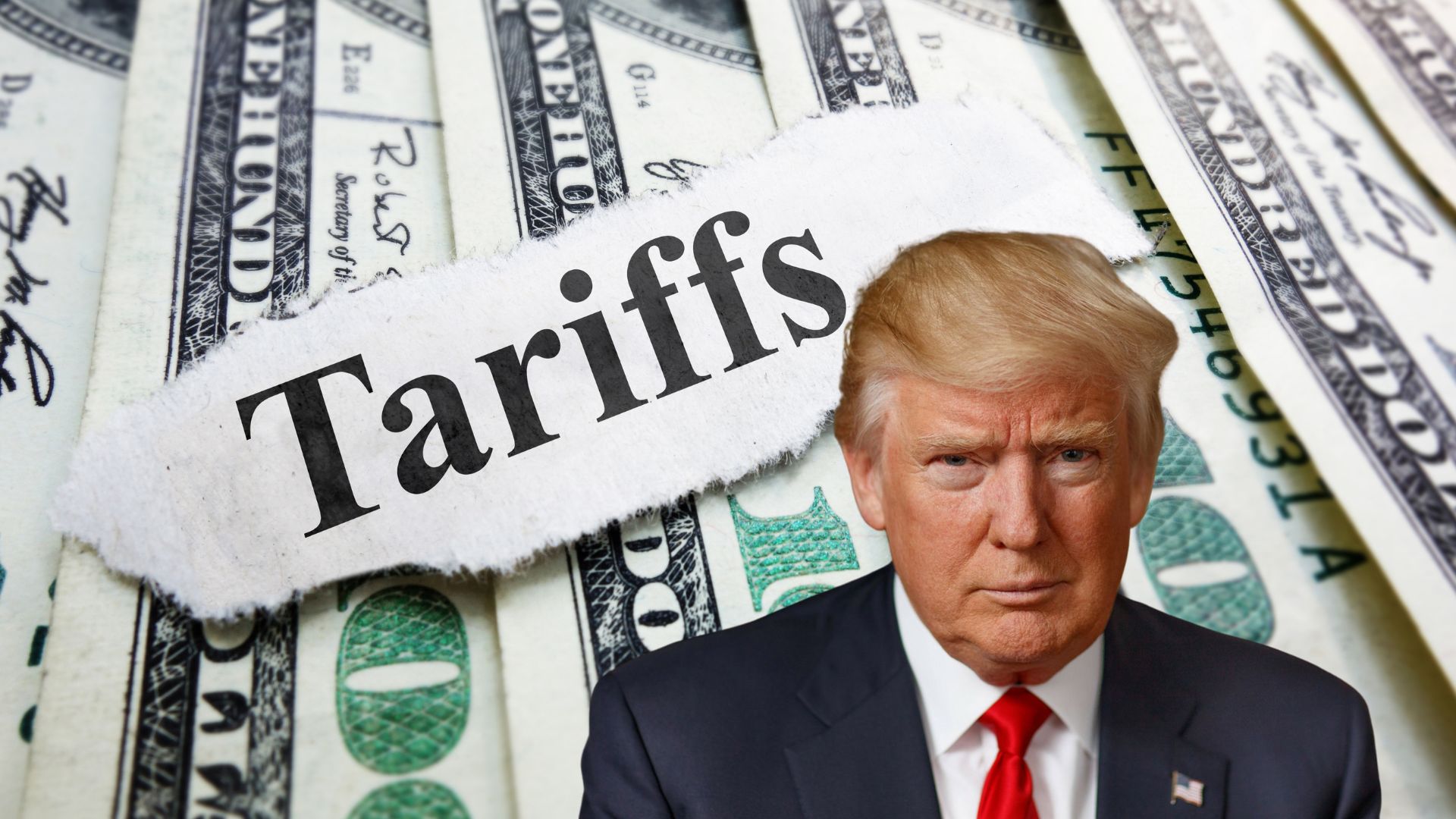TLDR
- A whale manipulated JELLY token’s price on Hyperliquid, causing a $12M unrealized loss to the platform’s liquidity vault
- Hyperliquid delisted JELLY perpetual futures and forcibly closed all positions, avoiding losses but raising centralization concerns
- Critics including Bitget CEO Gracy Chen compared Hyperliquid to “FTX 2.0” due to its handling of the situation
- The HYPE token (Hyperliquid’s native token) dropped nearly 10% following the incident
- Total value in Hyperliquid’s liquidity pool (HLP) fell from $283M to $190M after the attack
On March 26, 2025, Hyperliquid, a leading decentralized derivatives exchange, found itself at the center of controversy after taking emergency action to delist JELLY token perpetual futures following what appears to be a calculated price manipulation attack. The incident has sparked heated debate about the true nature of decentralization in crypto trading platforms and caused a sharp decline in Hyperliquid’s native HYPE token.
The trouble began when a whale trader, using wallet address 0xde95, opened a massive $8 million short position on the JELLY token through Hyperliquid. This position, equivalent to 126 million JELLY tokens, represented a substantial portion of the token’s small market cap, which had been hovering between $10-20 million.
The trader then removed the margin collateral needed to maintain the position. This triggered an automatic liquidation protocol, forcing Hyperliquid’s liquidity provider vault (HLP) to take over the massive short position.
With the trap set, the same whale began aggressively purchasing JELLY tokens in the spot market. This buying pressure pushed JELLY’s price dramatically higher, causing its market cap to surge from $10 million to over $50 million in less than an hour.
As JELLY’s price climbed, Hyperliquid’s HLP vault faced an unrealized loss that grew to approximately $12 million. According to analyst Abhi, if JELLY’s market cap had reached $150 million, Hyperliquid could have faced complete insolvency.
NEW 
Massive drama going down on Hyperliquid involving $JELLY 
1.A trader opened a massive $6M short position on JellyJelly (a small coin, ~$20M mcap at the time).
2.This trader deliberately self-liquidated by pumping JellyJelly’s price on-chain. Essentially forcing… pic.twitter.com/AI01q7KnZR
— Abhi (@0xAbhiP) March 26, 2025
Adding to the drama, a new wallet (0x20e8) opened a large long position on Hyperliquid during the price surge. This account quickly accumulated an unrealized profit of about $8.2 million as JELLY’s price rose.
Major centralized exchanges Binance and OKX added fuel to the fire by listing perpetual futures for JELLY amid the volatility. Some observers, including investigator ZachXBT, suggested that wallets involved in the incident might be connected to these centralized exchanges, though these claims remain unverified.
Facing a growing crisis, Hyperliquid’s validator group held an emergency meeting. They voted to delist JELLY perpetual futures from the platform, adjust JELLY’s oracle price to $0.0095 per token, and forcibly close all open positions related to the token.
These swift actions allowed Hyperliquid to avoid major losses. In fact, the platform secured a net profit of $700,000 from the incident. The Hyper Foundation announced plans to compensate affected users, though wallets suspected of involvement in the manipulation would be excluded.
The Decentralization Debate
While some praised Hyperliquid for taking decisive action to protect the platform and most users, others raised serious questions about the exchange’s claims of decentralization. The ability of a small validator group to delist a token and force-settle positions struck many as contradicting the core principles of decentralized finance.
Gracy Chen, CEO of cryptocurrency exchange Bitget, delivered perhaps the harshest criticism. She compared Hyperliquid to “FTX 2.0,” referencing the failed exchange run by convicted fraudster Sam Bankman-Fried.
#Hyperliquid may be on track to become #FTX 2.0.
The way it handled the $JELLY incident was immature, unethical, and unprofessional, triggering user losses and casting serious doubts over its integrity. Despite presenting itself as an innovative decentralized exchange with a…
— Gracy Chen @Bitget (@GracyBitget) March 26, 2025
“Despite presenting itself as an innovative decentralized exchange with a bold vision, Hyperliquid operates more like an offshore centralized exchange,” Chen stated. “The decision to close the $JELLY market and force settlement of positions at a favorable price sets a dangerous precedent.”
Chen emphasized that “trust—not capital—is the foundation of any exchange,” adding that once lost, trust is “almost impossible to recover.” She described Hyperliquid’s response as “immature, unethical, and unprofessional.”
BitMEX founder Arthur Hayes offered a more cynical take on the situation. “Let’s stop pretending Hyperliquid is decentralized. And then stop pretending traders actually care,” Hayes posted on X (formerly Twitter). He predicted the HYPE token would recover quickly because “degens gonna degen.”
The market impact was clear and immediate. Hyperliquid’s native HYPE token dropped nearly 10% in the 24 hours following the incident, trading below $15. More alarmingly, the total value locked in the HLP fund plummeted from $283 million before the attack to $190 million.
This is not the first time Hyperliquid has faced this type of challenge. On March 12, the platform dealt with a similar crisis when a whale trader intentionally liquidated a $200 million long Ether position, costing HLP depositors around $4 million in losses.
After that earlier incident, Hyperliquid increased collateral requirements for open positions in an attempt to “reduce the systemic impact of large positions with hypothetical market impact upon closing.”
The JELLY token itself has had a volatile history. Launched in January by Venmo co-founder Iqram Magdon-Ismail as part of a Web3 social media project called JellyJelly, the token initially reached a market cap of roughly $250 million before falling to single-digit millions in the weeks that followed.
Concerns about Hyperliquid’s governance model have been growing. According to L2Beat, Hyperliquid has only two main validator sets, each comprising four validators. By comparison, competing blockchains like Solana and Ethereum are supported by approximately 1,000 and 1 million validators, respectively.
This small validator set makes Hyperliquid more vulnerable to governance concerns, as decisions can be made by a very limited group. Many crypto purists argue that more validators reduce the risk of a small group of insiders manipulating a blockchain.
Hyperliquid has defended its actions, stating that the validators had a responsibility to intervene for system integrity. However, the exchange acknowledged the need for greater transparency in its voting process.
Despite the controversy, Hyperliquid remains the most popular leveraged perpetuals trading platform, controlling roughly 70% of market share, according to a January report by asset manager VanEck.
As the dust settles on this incident, Hyperliquid faces the challenging task of rebuilding user trust while preventing future manipulative attacks. The exchange must find a balance between protecting its users and maintaining the decentralized principles that many crypto traders value.
The JELLY token manipulation serves as a stark reminder of the vulnerabilities that exist in decentralized finance platforms, especially when dealing with low-liquidity tokens. For Hyperliquid and the broader DeFi ecosystem, this incident highlights the ongoing tension between true decentralization and effective risk management.
The post Hyperliquid Delists JELLY Token After Price Manipulation Attack appeared first on Blockonomi.

 6 days ago
20
6 days ago
20








 English (US) ·
English (US) ·